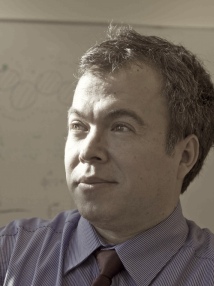BibTex format
@article{Zheng:2020:10.3390/en13112770,
author = {Zheng, L and Rucker, M and Bultreys, T and Georgiadis, A and Mooijer, M and Bresme, F and Trusler, J and Muller, E},
doi = {10.3390/en13112770},
journal = {Energies},
title = {Surrogate models for studying the wettability of nanoscale natural rough surfaces using molecular dynamics},
url = {http://dx.doi.org/10.3390/en13112770},
volume = {13},
year = {2020}
}

